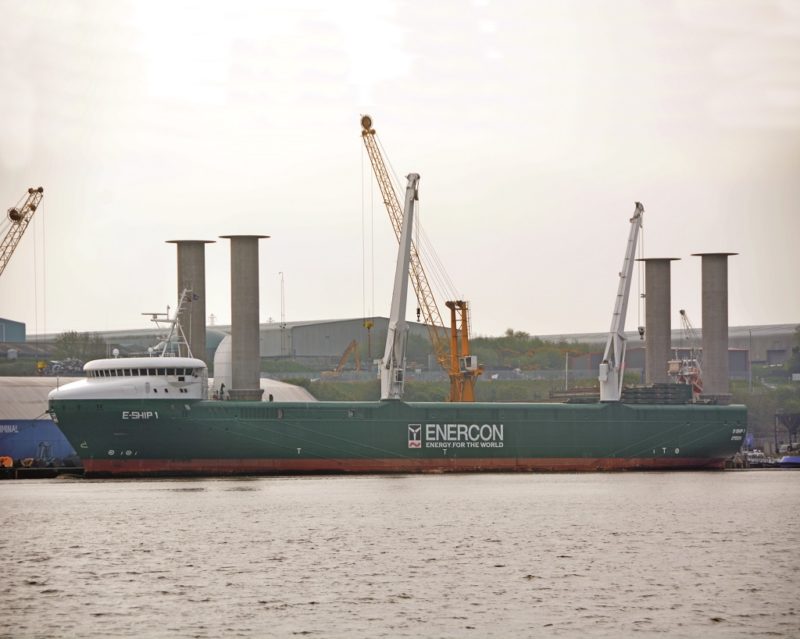
Transportation is still heavily reliant on fossil fuels, so it’s not surprising that shipping companies are always looking for ways to reduce operating costs. Improved fuel efficiency has the added advantage of reducing carbon dioxide (CO2) emissions in this era of concern about climate change. Regardless of any voluntary improvements it’s made, the shipping industry faces a new regulatory burden in 2023 as the European Union introduced an emissions tax.
For centuries wind provided free, albeit inconsistent, power for sailing ships. Alone, it’s not nearly strong enough to move modern cargo vessels at a suitable speed, but a novel method of auxiliary propulsion harnessing the wind can be seen on some cargo ships and ferries. This makes use of a force discovered over a century ago.
Experimental scientist Heinrich Magnus researched a force on spinning spheres and cylinders in the 1850s. Known as the Magnus Force, it can be observed when a ball is kicked or hit such that it spins, curving its trajectory. In the next century, aviation engineer Anton Flettner tried to apply this effect to aeroplanes and realised it could be utilised on ships when wind speed and direction is favourable. Flettner’s insight is that when air flows around the cylinder it’s deflected in the direction of spin on one side, while on the other it’s slowed against the spin. Consequently, the air exerts a force on the cylinder towards the faster, lower pressure, air.
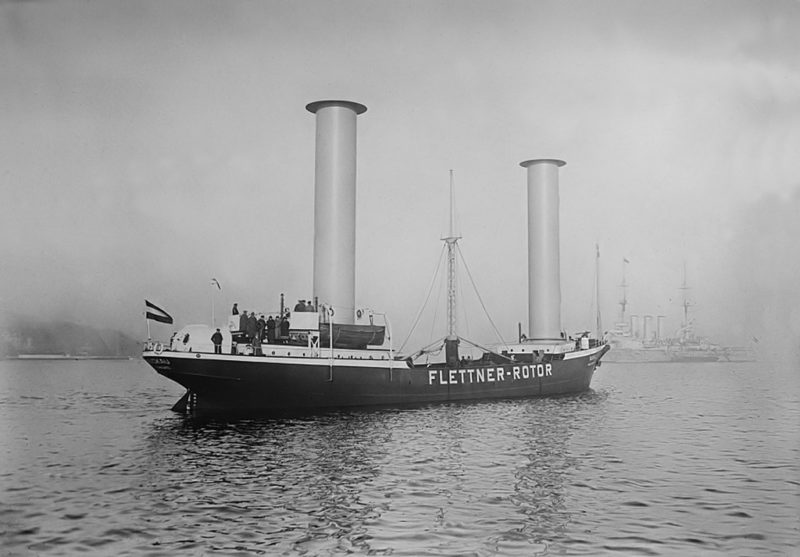
He patented an idea for a spinning cylindrical rotor in 1922, then went on to develop the idea in 1924 by replacing traditional sails on the schooner Buckau with vertical spinning cylinders, one forward and one aft. These approximately 15 metres (49 feet) high rotor sails were topped by an overhanging plate and powered by 50hp (37kW) motors.
His rotor sails experiment succeeded. They allowed Buckau to tack 15-25 degrees closer to the wind than previously and, crucially, sail faster while consuming less fuel than solely by propeller power. Unfortunately for Flettner, he had the right idea at the wrong time. Circumstances of cheap fuel and a slump in shipping conspired against the innovation since the cost of fitting rotors wasn’t economical at the time.
For decades the rotor sail remained little more than an historical curiosity, but times have changed with the renewed drive for energy efficiency and a focus on greener shipping. In the year 2000, manufacturer Enercon reacted to increased demand for their wind turbines. They considered a bespoke ship design better configured than existing cargo vessels for transporting their turbines.
Initially, Enercon commissioned a test rig to conduct a feasibility test of rotor sails. After concepts for the Ro-Lo cargo vessel E-Ship 1 had been drawn up in 2007 a second rig optimised the rotor sails, including for noise reduction and balancing. Built by Lindenau at Kiel and completed by Cassens Werft in Emden, Germany, and launched in August 2010, E-Ship 1 has four 25 metres (82 feet) high and 4 metres (13 feet) diameter rotor sails. Exhaust from the ship’s gas boilers feeds into a steam turbine to turn the cylinders, giving fuel savings of up to 15% or more, depending on wind conditions.
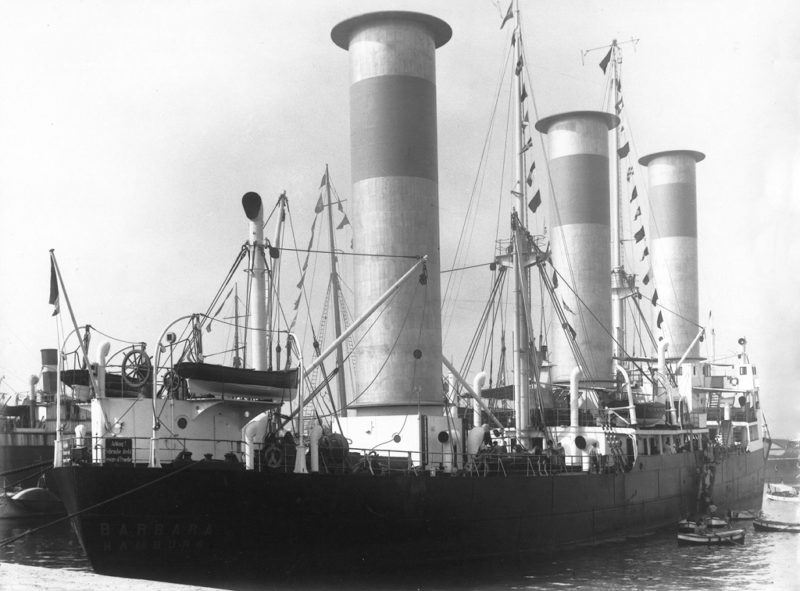

Other players in this sector have also brought Flettner’s idea back to life and updated it with automatic control systems. Finland’s Norsepower (founded in 2012) make rotor sails in heights of 18 metres (59 feet), 24 metres (79 feet), 28 metres (92 feet), 30 metres (98 feet) and 35 metres (115 feet). Made from composites lighter than aluminium, with the added benefit of being more resistant to fatigue, the company sees them as a growing market. Bridges are a potential issue for a ship whose height is increased by rotors, so they can provide a tilt option for lowering them.
Cargo vessels like the Ro-Ro ship Estraden and LR2 Tanker have been retrofitted with rotor sails, and a couple of ferry companies have also taken up this technology. The Baltic Sea ferry operator Viking Line was in the vanguard, being the first to install a rotor sail on a passenger ship. Completed in January 2013, the Viking Grace had a 24 metres (79 feet) high Norsepower carbon and glass fibre sail fitted for a three year trial in 2018, its rotation speed set automatically by control software.
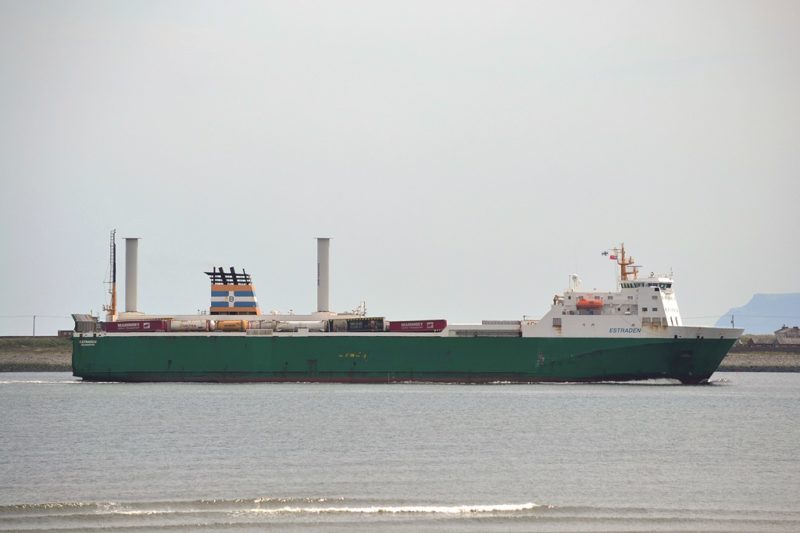
Another environmentally friendly aspect of the ferry is taking the cooling from the liquefied natural gas (LNG) fuel for air conditioning when she’s docked in port. To keep the option of using rotor sails again, their newest ferry in the fleet, the Scandinavia continues to lead the way with rotor technology in the Danish company Scandlines that operates ferries between Denmark and Germany. Their fleet of hybrid ferries work on a similar principle to hybrid cars. Propulsion comes from a combination of diesel and battery power as one of the five diesel engines has been replaced by a 1.6MWh battery.
In 2020, they expanded the greener approach by fitting a Norsepower cylinder to the ferry Copenhagen, achieving an expected 4-5% reduction in CO2 emissions after a year of data collection. Optimal conditions for the rotor sails derive from the prevailing westerly or easterly winds crossing the ferries north-south route. Since the trial succeeded, a rotor sail was fitted to the Berlin two years later.
Norsepower estimates there are about 30,000 vessels globally which could technically be fitted with rotors, but in reality only those operating in the right wind conditions would achieve economic viability given the purchase and installation cost.
Retrofitting existing ships throws up technical challenges around deck space and the supply of electrical power. Despite this, more manufacturers have taken note of the market for rotor sails. Anemoi Marine built a full-scale test facility in the UK and produces various size rotors which can be folded and moved on the deck. Their rotors are to be used in conjunction with a ‘Wind Challenger’ telescopic hard sail produced by Mitsui O.S.K. Lines Ltd. on a bulk carrier designed for a larger CO2 emissions reduction of about 20%. The vessel will be built by Oshima Shipbuilding in Japan and is scheduled to launch in 2024.
A further challenger to Norsepower in this market is South Korea’s Hyundai Heavy Industries Co. They designed the Hi-Rotor which has a reduction gear method claimed to be safer than belts typically used to connect the rotor and electrical motor.
The 21st century has seen a slow revival of Flettner rotors thanks to the commercial and political pressures to reduce fuel costs and CO2 emissions. It’s surely a promising sign that more companies are now testing and producing these cylindrical sails. But whether this will remain a niche technology due to the upfront costs and dependency on wind conditions, or will become commonplace in the shipping world, only time will tell.

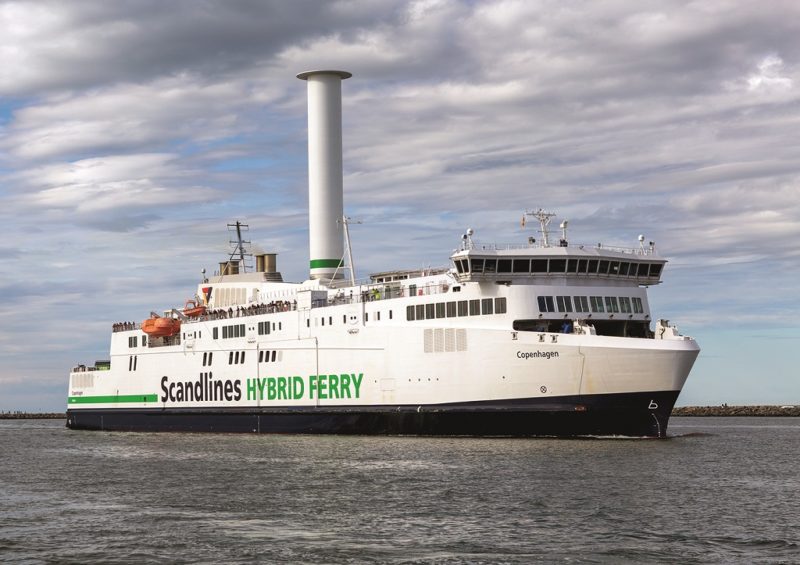

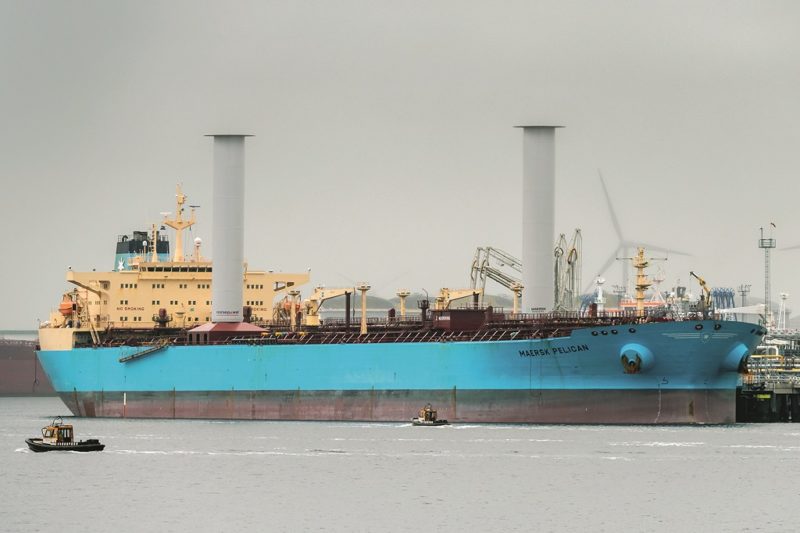
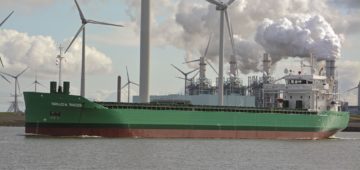


Comments
Sorry, comments are closed for this item